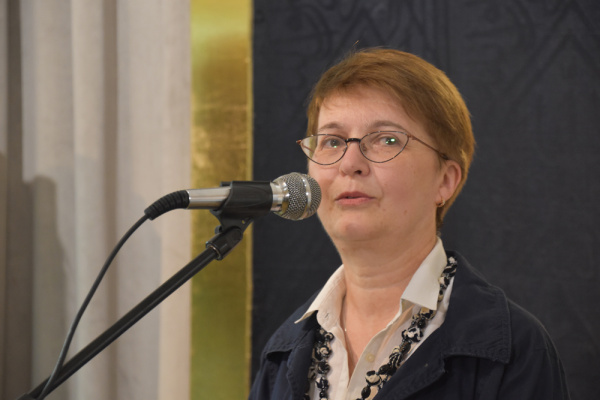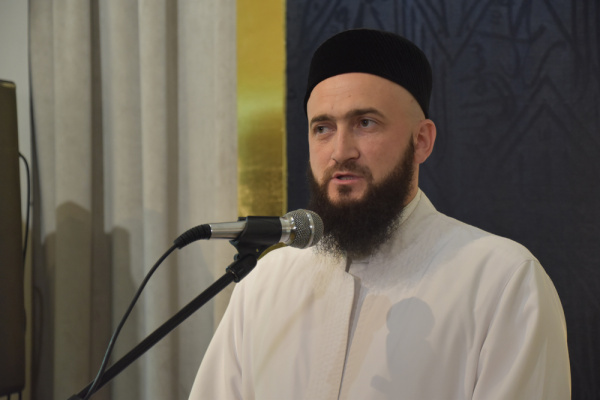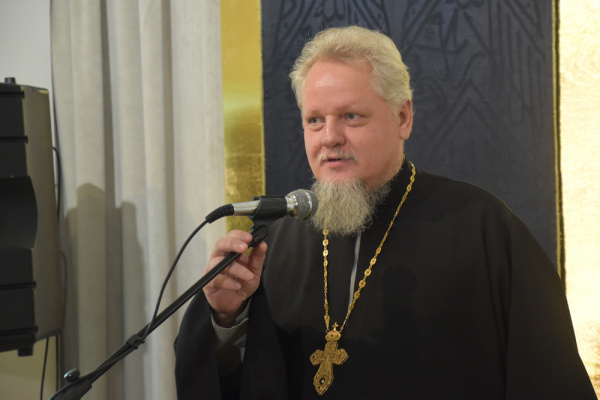On the eve of the upcoming 1100th anniversary of the adoption of Islam by Volga Bulgaria in 2022, the National Museum of the Republic of Tatarstan opened an exhibition dedicated to the rarities of the Muslim culture. The new exhibition, the items of which are presented from the museum’s collection and cover 14 centuries of the history of Islam, is a unique occasion since it offers wide audience exhibits that have never been exhibited before.
The unique exhibits of the Islamic culture of the peoples of the Volga region include one of the first editions of ‘Kazan Basmasy’, richly and beautifully decorated prayer mats, the Quran of Caliph Uthman, the album with more than 70 printed shamails collected by historian and regional ethnographer Ivan Pokrovsky, Hajj certificates, sheets of handwritten Qurans from the collection in Cairo that are a collection of masterpieces of the Mamluk dynasty (XIV-XV centuries), kiswah, seals of Tatar mullahs and merchants – these are just a small part of unique and previously not exhibited items. Each of them preserves the long history of spread of Islam throughout the territory of the Volga region and introduces the visitor to the Muslim culture, inherently linked to the Tatar people.

According to Deputy Director General of the Museum Lilia Sattarova, rarities of the Muslim culture occupy a special and worthy place in the exposition. For instance, let us have a closer look at the Quran of Caliph Uthamn, so-called Samarkand Kufic Quran. Of course, it is not the original, but a facsimile, which was published in 1905 in St Petersburg in an edition of only 50 copies. Most of them were presented as diplomatic gifts to the heads of Muslim states on behalf of Russia. One cannot help paying attention to the prayer beads presented to Khasan Gata Gabyashi, a well-known theologian, religious and social activist, by Turkish Sultan Mehmed V Rishad, which are carnelian prayer beads with coral flecks and a gilded brush.
The jewelry art of the Kazan Tatars is presented in a separate block, because a lot of memorable items made by Kazan jewelers are related to the Muslim religion. For instance, Quran cases, prayer boxes, miniature and original items with Arabographic Tatar and Arabic inscriptions. There are also a number of items of the Muslim culture made from silver, copper and bronze in the museum funds. They are interesting inscriptions, quotations from the Quran and good wishes to a recipient of a gift.
The exhibition offers an in-depth look at the features of seals with arabographic inscriptions used by Tatar mullahs and wealthy people. About 200 specimens of such seals kept in the collections of the museum and to be exhibited for wide audience, are a rarity in Russia and the world. Perhaps it can be compared only with the collection of the British museum, which has about 800 seals from different parts of the empire. The foreign passport of a pilgrim to Mecca, issued in 1905, will also draw attention of visitors.

According to Mufti and Chairman of the Spiritual Administration of Muslims of the Republic of Tatarstan Kamil Samigullin, the Tatars have always been considered to be Muslims. ‘Religion preserves language – this has always been the case. Mosques and madrasahs, where classes are conducted, have preserved our culture and traditions. This has always been in blood of our people. Look at beautifully embroidered prayer mats and shamails. When you look at a picture, one phrase, hadith or ayat depicted here makes you think about the meaning, it makes you reassess human values. It is not an abstract image, as huge meaning is embedded in every shamail. It shows how much our ancestors obeyed the rules of their religion. Islam preserves nation, while nation preserves religion’.

Father Vladimir, a representative of the republic’s Orthodox community, also took part in the opening of the exhibition ‘Rarities of the Muslim Culture’. According to him, the exhibition is an opportunity to immerse into the rich culture of Islam, get acquainted with peoples who practice Islam in Tatarstan. ‘When I was looking at the various exhibits, I was surprised by high craftsmanship, perfection of lines and details, uniqueness. On the other hand, I realized how carefully and lovingly Muslim peoples of the Volga region treated their culture, spiritual and historical roots. This is a very important example for us – how we should love our history, revere our religious and national relics and treat them with love and special care in order to pass them on to our descendants’.
